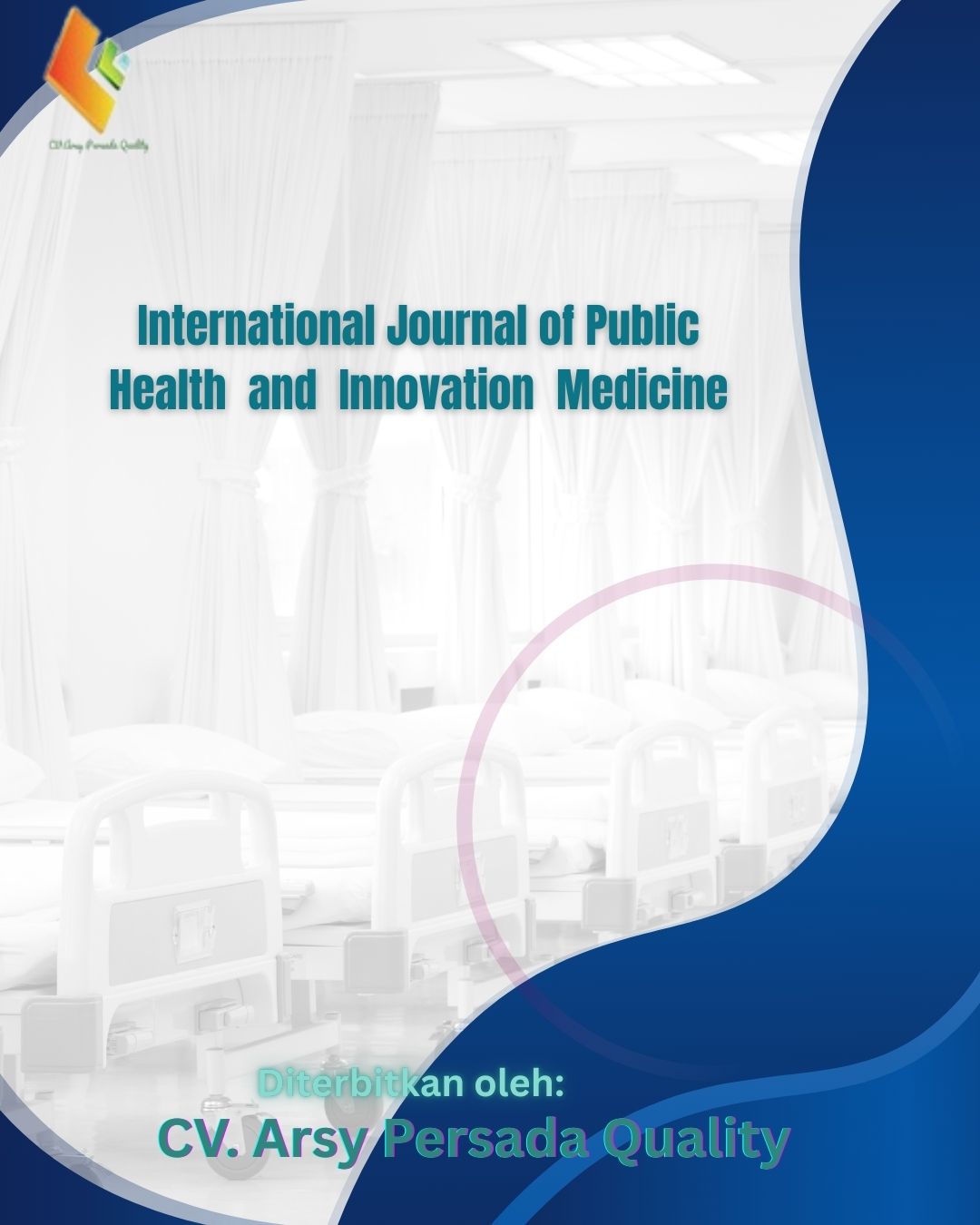PATIENT COMPLIANCE WITH MEDICAL THERAPY IN DIABETES MELLITUS A COMPARATIVE STUDY BETWEEN PUBLIC HEALTH CENTERS AND PRIVATE CLINICS
Keywords:
Improve Health Outcomes.Abstract
Diabetes Mellitus (DM) is a chronic, progressive metabolic disorder requiring long-term pharmacological management. Patient adherence to prescribed therapy is a critical determinant of glycemic control and the prevention of complications. In Indonesia, DM care is delivered through both public health centers (Puskesmas) and private clinics, which differ in infrastructure, patient load, and service quality. This study aims to evaluate and compare the medication adherence of patients diagnosed with Type 2 Diabetes Mellitus (T2DM) who receive care at Puskesmas versus those attending private clinics in a suburban district of A comparative cross-sectional study was conducted from October to December 2024, involving 200 patients with T2DM. Of these, 100 patients were recruited from Puskesmas and 100 from private clinics. The Morisky Medication Adherence Scale (MMAS-8) was utilized to assess adherence levels, and data were analyzed using descriptive and inferential The study found that 68% of patients attending private clinics exhibited high adherence to medical therapy, compared to only 52% in the Puskesmas group. Factors such as patient education, doctor-patient rapport, accessibility of medications, and socioeconomic status significantly influenced adherence rates. Private clinic patients were found to have better access to healthcare resources, leading to improved treatment outcomes. Medication adherence in DM patients is significantly higher in private clinics compared to public health centers. This highlights the need for strengthening healthcare systems in public facilities, including improving the quality of doctor-patient interactions, ensuring the availability of medications, and enhancing patient education.
References
Bandura, A. (1986). Social foundations of thought and action: A social cognitive theory. Prentice-Hall.
Chau, M., Burgermaster, M., & Mamykina, L. (2018). The use of mobile technologies for health promotion among adolescents: A systematic review. Journal of Adolescent Health, 62(4), 467–478.
Chen, X., Wang, Y., & Zhang, Y. (2021). The role of mobile health apps in improving adolescent nutrition: A meta-review. JMIR mHealth and uHealth, 9(3), e23456. https://doi.org/10.2196/23456
Dilla T, et al. (2018). Adherence to therapy in type 2 DM. Diabetes Therapy, 9(4), 1349–1364.
Gauderman, W. J., Avol, E., Gilliland, F., et al. (2004). The effect of air pollution on lung development from 10 to 18 years of age. New England Journal of Medicine, 351(11), 1057–1067.
Ho PM, et al. (2016). Medication adherence in chronic disease management: A review of literature. Journal of Clinical Pharmacy.
Kemenkes RI. (2022). Profil Kesehatan Indonesia Tahun 2021. Kementerian Kesehatan Republik Indonesia. Retrieved from https://pusdatin.kemkes.go.id
Kementerian Kesehatan RI. (2021). Pedoman Nasional Pengelolaan Diabetes Mellitus.
Ministry of Environment and Forestry of Indonesia. (2023). Annual Air Quality Report. Jakarta: MoEF.
Notoatmodjo, S. (2012). Health Promotion and Behavioral Science. Jakarta: Rineka Cipta.
Nour, M., Yeatman, H., & Kelly, B. (2019). Digital health interventions for improving diet and physical activity in adolescents: A systematic review and meta-analysis. BMJ Open, 9(6), e025047.
Nutbeam, D. (2000). Health literacy as a public health goal: A challenge for contemporary health education and communication strategies into the 21st century. Health Promotion International, 15(3), 259–267.
Nutbeam, D. (2000). Health literacy as a public health goal: A challenge for contemporary health education and communication strategies into the 21st century. Health Promotion International, 15(3), 259–267. https://doi.org/10.1093/heapro/15.3.259
Pope, C. A., Ezzati, M., & Dockery, D. W. (2009). Fine-particulate air pollution and life expectancy in the United States. New England Journal of Medicine, 360(4), 376–386.
Sahoo, K., Sahoo, B., Choudhury, A. K., Sofi, N. Y., Kumar, R., & Bhadoria, A. S. (2015). Childhood obesity: Causes and consequences. Journal of Family Medicine and Primary Care, 4(2), 187–192.
Setiawan, B., & Anwar, A. F. (2020). Determinants of clean and healthy lifestyle behavior in urban slum areas. Jurnal Kesehatan Masyarakat Nasional (National Public Health Journal), 15(2), 85–94. https://doi.org/10.21109/kesmas.v15i2.3562
Stephens, J., Allen, J., & Dennison, C. R. (2020). Mobile phone interventions to improve adherence in adolescents with health issues: A systematic review. JMIR Pediatrics and Parenting, 3(1), e12971.
Susilowati, I. H., & Sari, R. N. (2021). Community participation and PHBS behavior among urban households: A cross-sectional study. BMC Public Health, 21(1), 1–9. https://doi.org/10.1186/s12889-021-10291-w
van Dijk, J. (2020). The digital divide. Polity Press.
World Health Organization (2021). WHO global air quality guidelines: Particulate matter (PM2.5 and PM10), ozone, nitrogen dioxide, sulfur dioxide and carbon monoxide. Geneva: WHO.
World Health Organization (WHO). (2019). Primary health care on the road to universal health coverage: 2019 global monitoring report. World Health Organization. Retrieved from https://www.who.int/publications/i/item/9789240029040
World Health Organization. (2003). Adherence to long-term therapies: Evidence for action
World Health Organization. (2020). Guidelines on physical activity and sedentary behavior. WHO.
Zhang, Y., Liu, X., Zhang, L., & Pan, Y. (2016). Association between air pollution and hospital outpatient visits for pediatric respiratory diseases in Shanghai, China. Environmental Science and Pollution Research, 23(12), 12235–12243.



